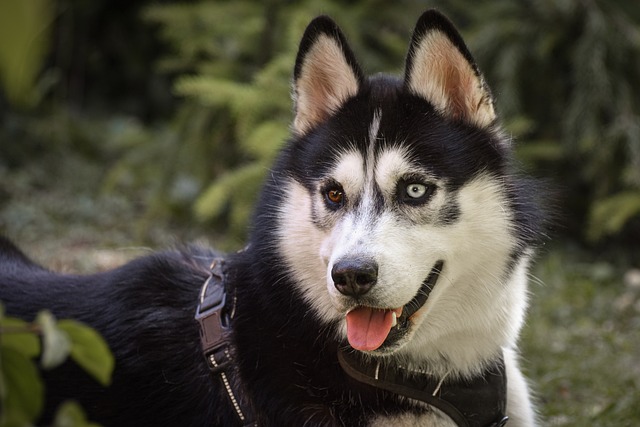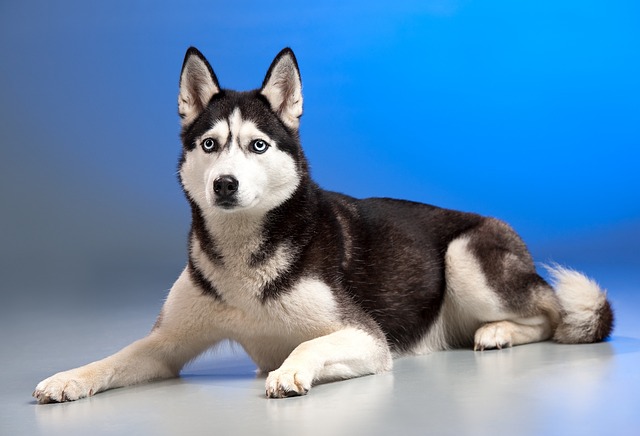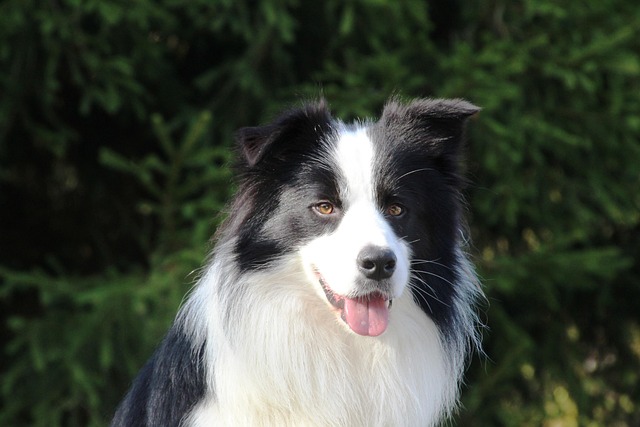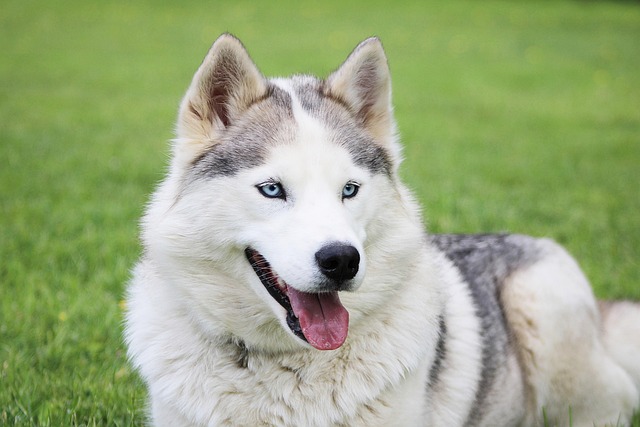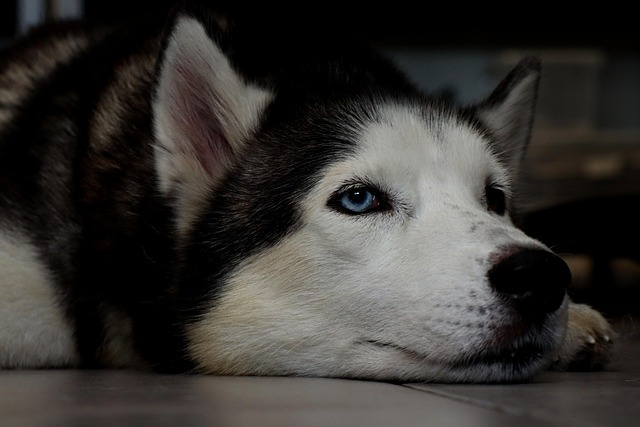You’ve mastered the basics: your dog sits on cue, stays put for a moment, and comes when called in the backyard. But you’ve started noticing skilled handlers at the park whose dogs navigate complex obstacle courses or heel off-leash with laser focus, and it makes you wonder: what exactly is considered advanced dog training? For the average American pet owner, advanced training moves far beyond simple obedience; it’s about cultivating unwavering reliability, precision, and a deep, communicative partnership with your dog in the face of real-world distractions.
At its core, advanced training is defined by three key principles: proofing, generalization, and complexity. "Proofing" means your dog can perform a known behavior anywhere, anytime, regardless of distractions—a solid recall that works at a bustling farmer's market, not just in your quiet living room. "Generalization" means they understand that the cue "down" means the same thing whether given on your kitchen floor, a grassy field, or a noisy sidewalk. Finally, "complexity" involves chaining behaviors together into intricate sequences, like being sent to retrieve a specific item from another room or performing a flawless heel with automatic sits. This level of training relies heavily on the science of learning theory, utilizing positive reinforcement to build motivation and create a dog that actively wants to work with you.
So, what does this look like in practice for a dedicated pet owner? It starts with raising your criteria incrementally. If your dog has a solid 30-second stay in your apartment, practice it in your building's hallway, then just outside the front door, gradually adding duration and distraction. Introduce new cues that require more thought, like "go to your place" (targeting a specific mat from a distance) or learning the names of different toys. Many owners find a tangible goal, like preparing for the AKC Canine Good Citizen (CGC) advanced test, provides a fantastic framework. This involves training skills like calmly walking through a crowd and sitting politely for petting, which are the hallmarks of a truly well-mannered dog. The key is always to keep training sessions short, joyful, and successful, ending on a positive note to maintain your dog’s enthusiasm.

This pursuit of advanced training is a beautiful expression of responsible ownership, and it’s deeply intertwined with your legal and community responsibilities. A dog trained to this level of reliability is a safer, more predictable member of society. This makes ensuring their rabies vaccination and city license are always current even more critical—it’s the law and a fundamental part of being a trustworthy handler in public spaces. Furthermore, the skills you build, like a bomb-proof "leave it" or a focused heel, are the ultimate tools for community etiquette. They allow your dog to ignore food scraps on the sidewalk, navigate tight apartment building corridors without jumping on neighbors, and remain calm in shared outdoor spaces. And of course, the non-negotiable duty to carry bags and clean up immediately after your dog is a given, a basic courtesy that reflects well on all advanced training enthusiasts.
Ultimately, advanced dog training is less about fancy tricks and more about building an unshakable bond of communication and trust. It’s the journey of transforming your pet from simply being obedient in your home to being a polite, confident, and reliable partner anywhere life takes you. By embracing this challenge with patience and positive methods, you’re not just training a dog—you’re cultivating a profound partnership built on mutual respect.


